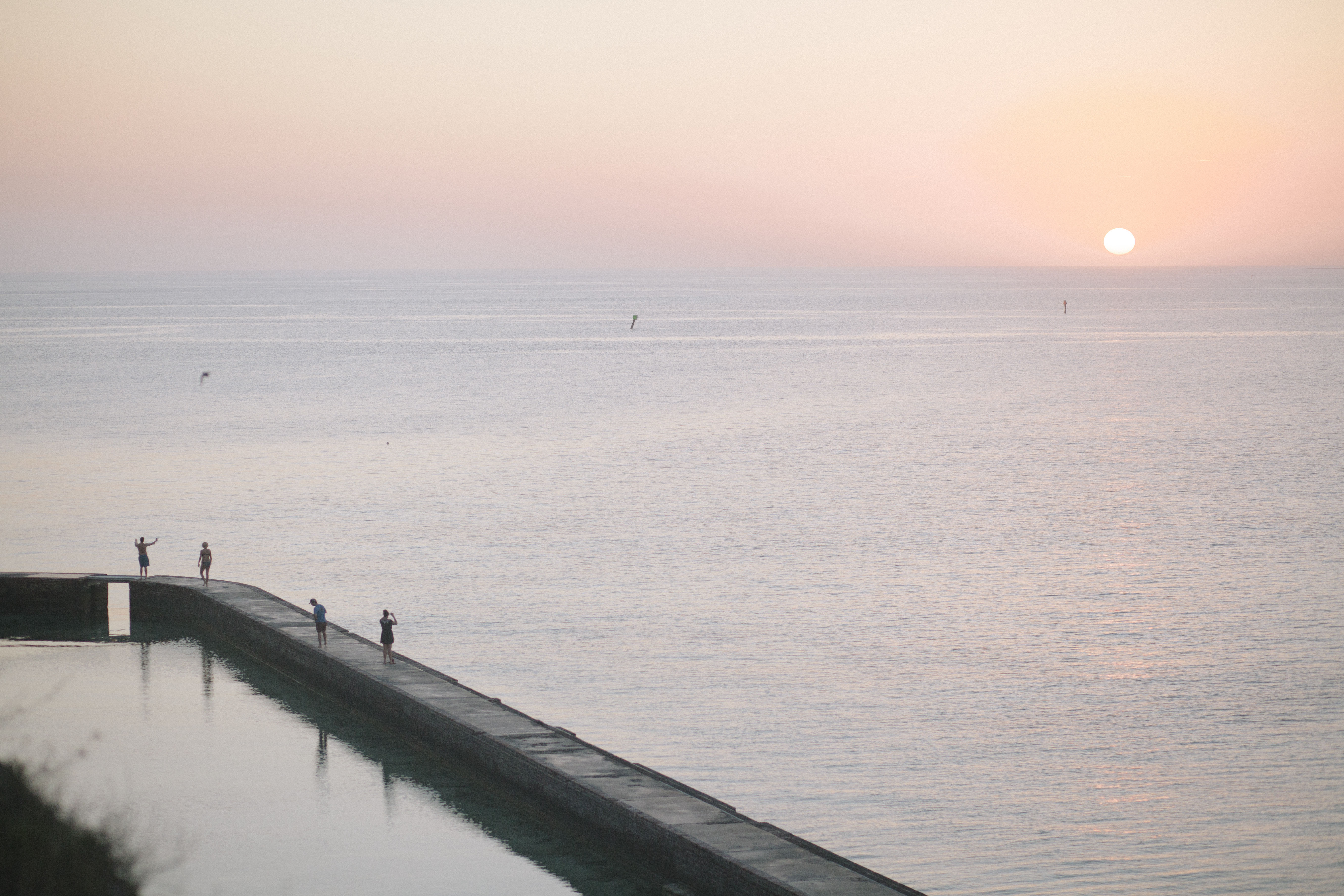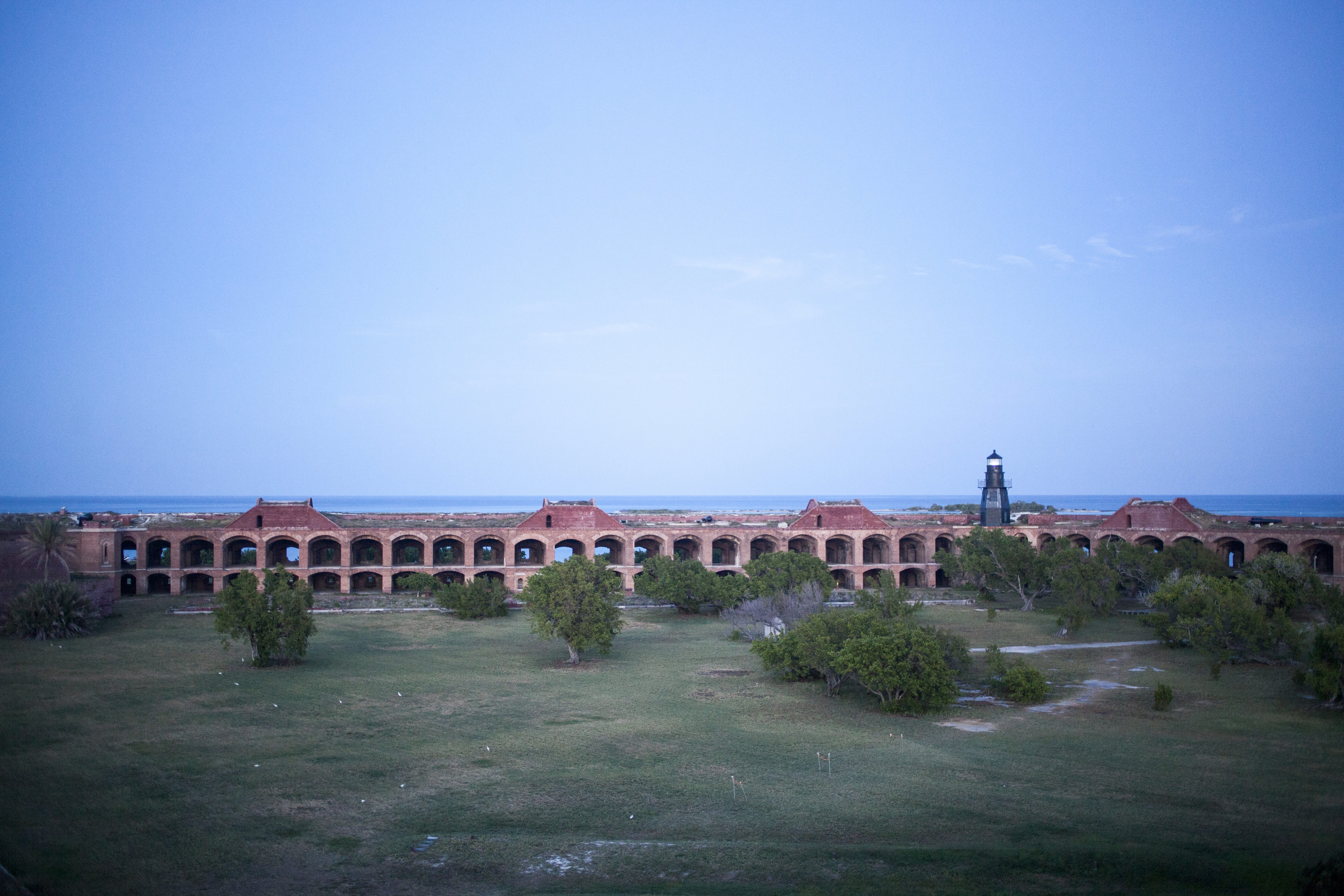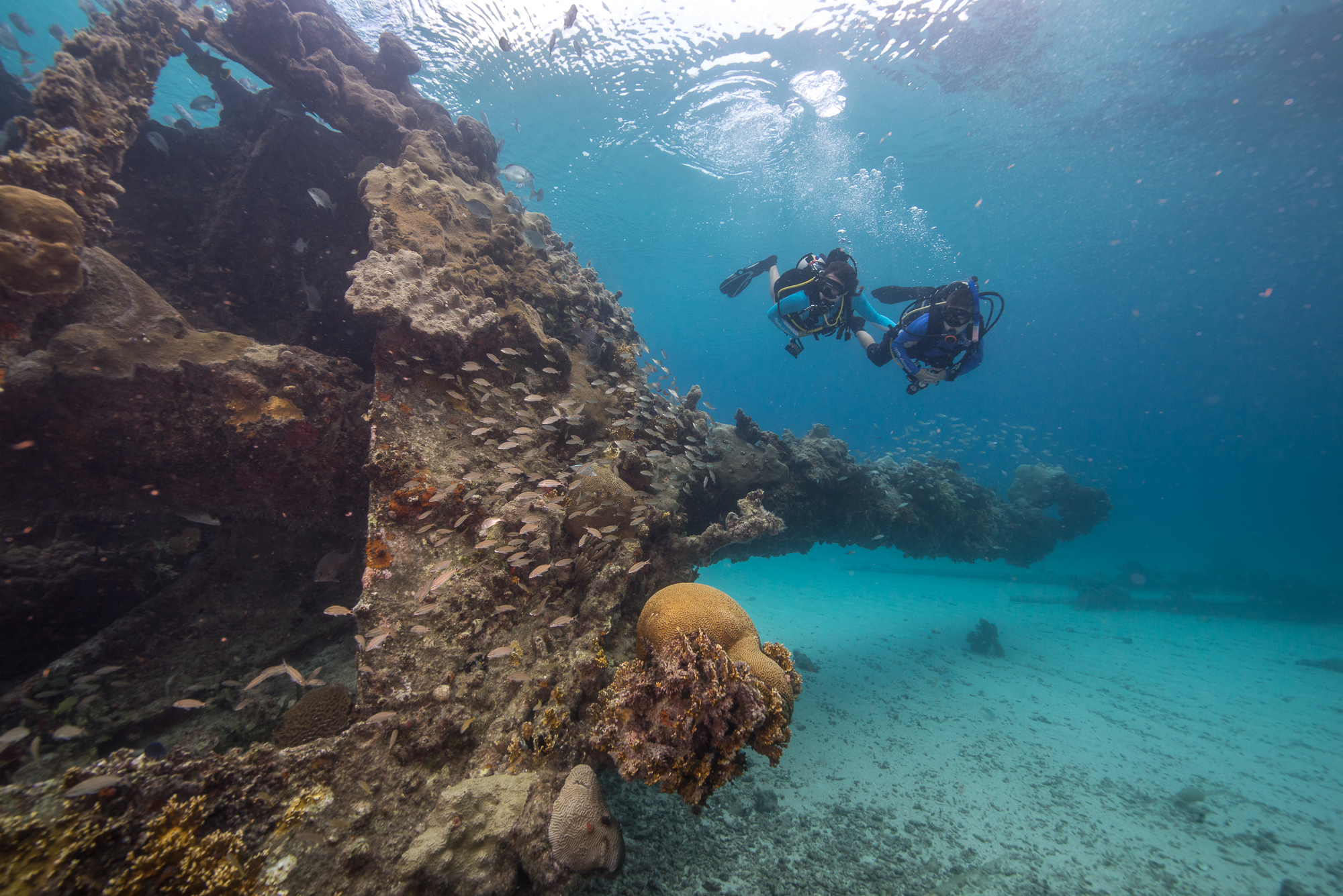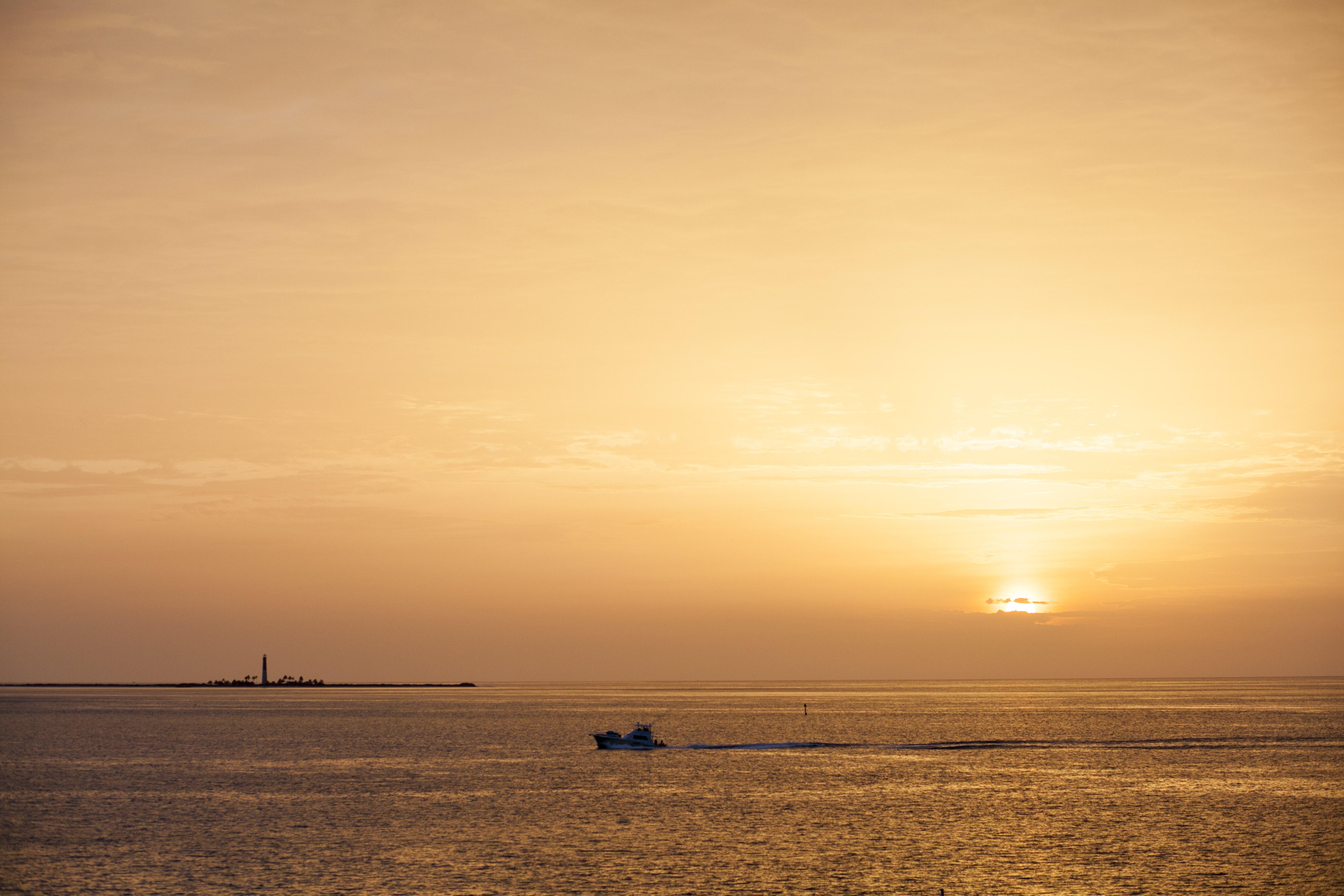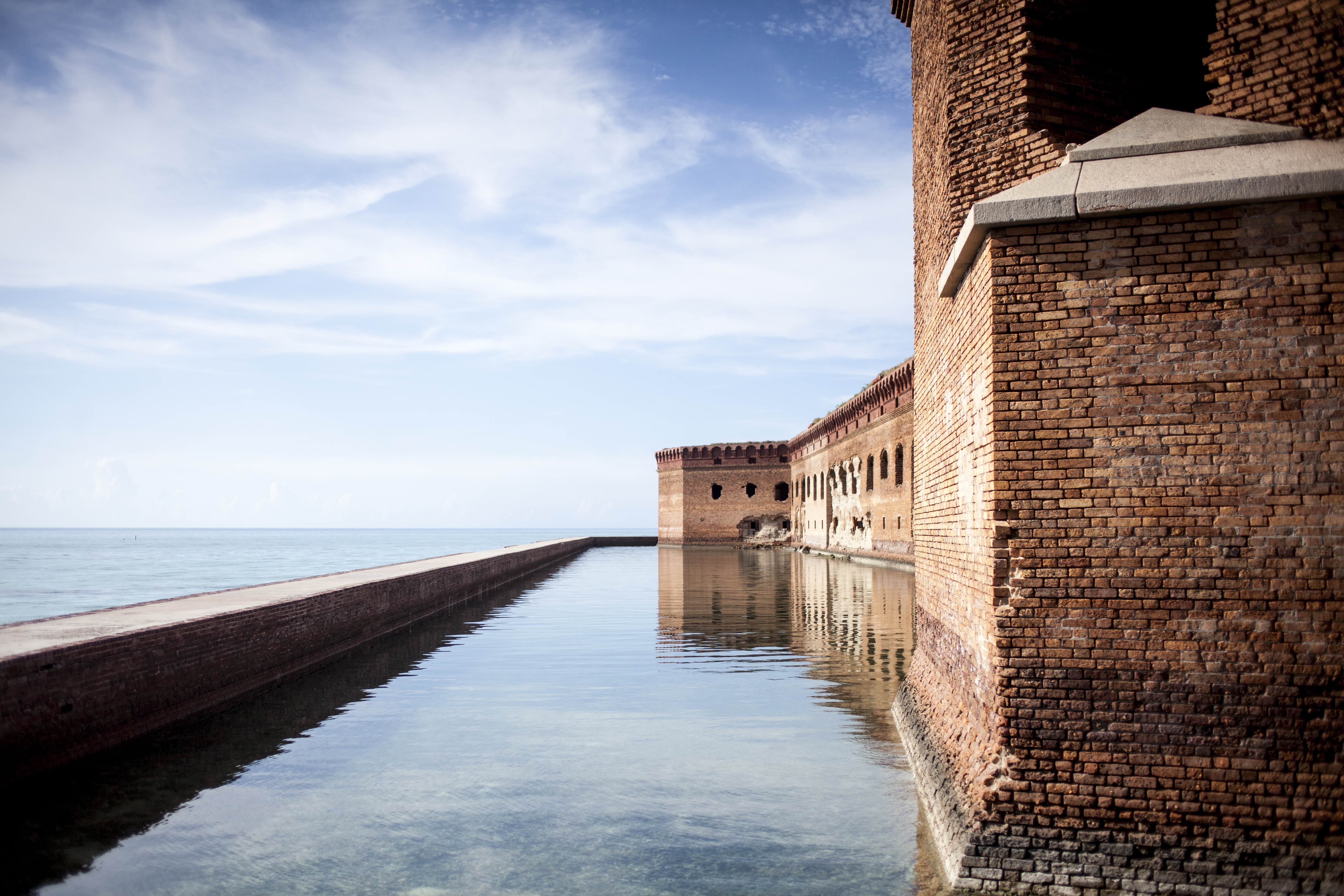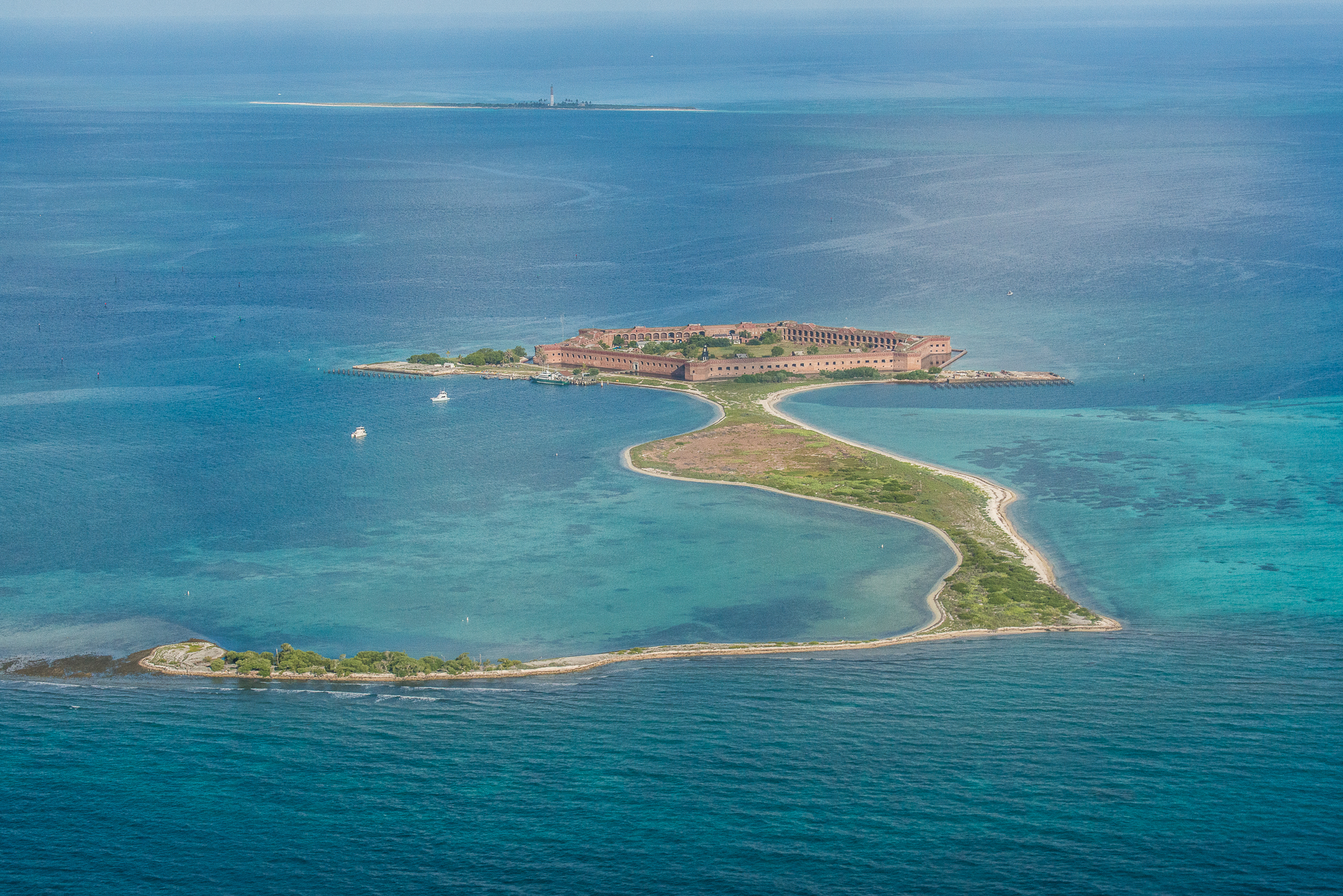Almost 70 miles (113 km) west of Key West lies the remote Dry Tortugas National Park. This 100-square mile park is mostly open water with seven small islands. Accessible only by boat or seaplane, the park is known the world over as the home of magnificent Fort Jefferson, picturesque blue waters, superlative coral reefs and marine life, and the vast assortment of bird life that frequents the area.
Night sky at the Dry Tortugas
The Dry Tortugas is so remote that night sky viewing is possible.
Sunset at Fort Jefferson
Sunsets at the Dry Tortugas are breathtaking. Visitors who choose to camp over night can view the sun set at Fort Jefferson.
Inside Fort Jefferson
Garden Key is the second largest island in the Dry Tortugas, about 14 acres in size, and has had the most human impact. Located on Garden Key is historic Fort Jefferson, one of the nation’s largest 19th century forts and a central cultural feature of Dry
Diving at the Dry Tortugas
The Dry Tortugas has over 300 sunken ships. One of the most accessible is the Winjammer Wreck which can be dove or snorkeled.
Loggerhead Key
The largest island in the Dry Tortugas, Loggerhead Key is a site of shipwrecks, a significant lighthouse installation, and where the historic Carnegie Laboratory for Marine Ecology once stood. Named for its abundance of loggerhead sea turtles, Loggerhead
Fort Jefferson
ort Jefferson is a massive but unfinished coastal fortress. It is the largest masonry structure in the Americas, and is composed of over 16 million bricks.
Aerial view of the Dry Tortugas
The Dry Tortugas is made up of seven islands.

